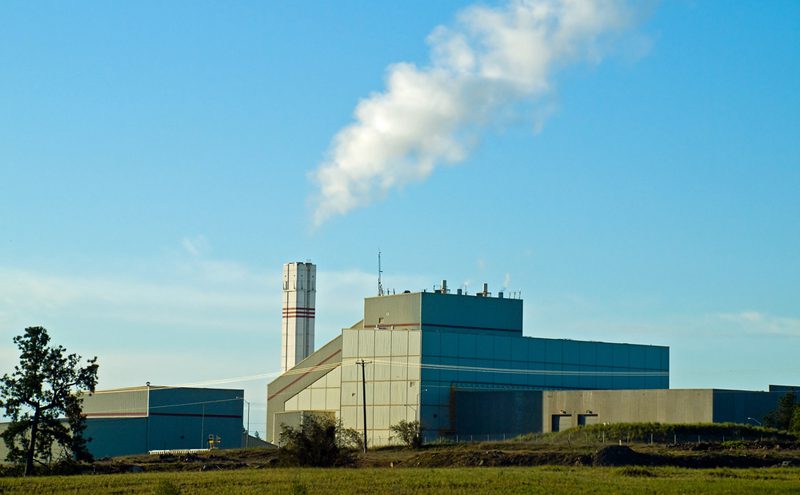
A joint press release from three important trade organisations in the energy-from-waste sector offers a reaction to the first draft (D1) of the reference document for best available techniques (BREF) for Waste Incineration (WI), which was published on 24 May.
The release – issued jointly by the Confederation of European Waste-to-Energy Plants (CEWEP), the European Suppliers of Waste-to-Energy Technology (ESWET), and the European Federation of Waste Management and Environmental Services (FEAD) – said that, on first reading, the Best Available Techniques Associated Emission Levels (BATAELs) proposed in D1 are stricter than the current emission standards for waste-to-energy plants.
Once adopted, this document will have an important impact on the sector as all permits will have to be based on the Best Available Techniques (BAT) Conclusions 4 years after the publication in the Official Journal.
Some of the BAT Conclusions published on 24 May can be supported, said the trade groups, whilst others might be quite challenging. Moreover, there are still said to be manyopen questions and ambiguities, such as to which operating conditions the requirements in the BAT Conclusions refer.
According to EU law, the values that the plants currently have to follow are the Emission Limit Values (ELVs) from Annex VI of the Industrial Emissions Directive (IED).
BATAELs from previous versions of the BREF are not legally binding requirements and were obtained from average operational values, said the CEWEP/ESWET/FEAD communique. They had an informative purpose and were therefore of completely different nature than the current D1 BATAELs, that will be the basis for setting new ELVs in permits for all operating conditions and that will thus be legally binding for European waste-to-energy plants.
If one compares – as one should – ELVs from the IED to the BATAELs proposed in D1 then it is clear that the upper end of the proposed D1 BATAELs is always lower or equal (when a pollutant is not considered a key environmental issue) than the relative ELV in the IED and the lower end of the proposed D1 BATAELs is always significantly lower than the relative ELV in the IED.
Therefore, the proposed legally binding values in D1 are stricter than the current IED legally binding values and are thus quite ambitious.
The Waste Incineration sector has been the most stringently regulated industrial sector for many years. One of the consequences of this fact on the BREF review is that the data collection included most of the time Quite low emission values. When emissions are at such low levels, then the uncertainty of the measurement becomes a very important topic (no measurement is exact, and the lower the measured value the less reliable the result of the measurement is) and needs to be tackled to avoid that monitoring requirements become inconsistent with future ELVs.
CEWEP, ESWET and FEAD expected to see a mention of this issue and how this is taken into account in the BAT Conclusions. Without this, permitting authorities will lack an important piece of information to be able to use the BATAELs as ELVs.






